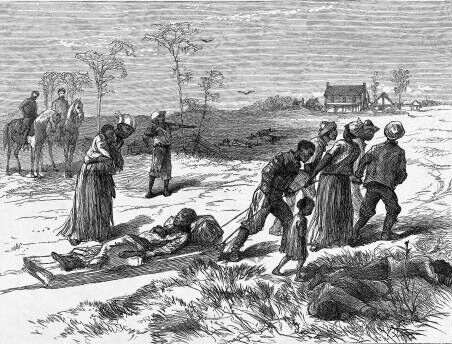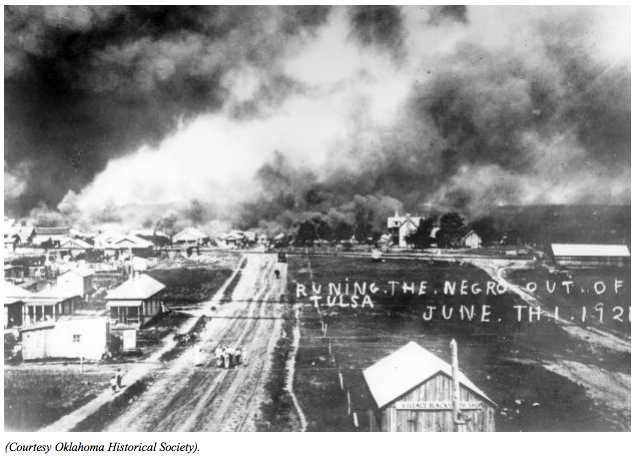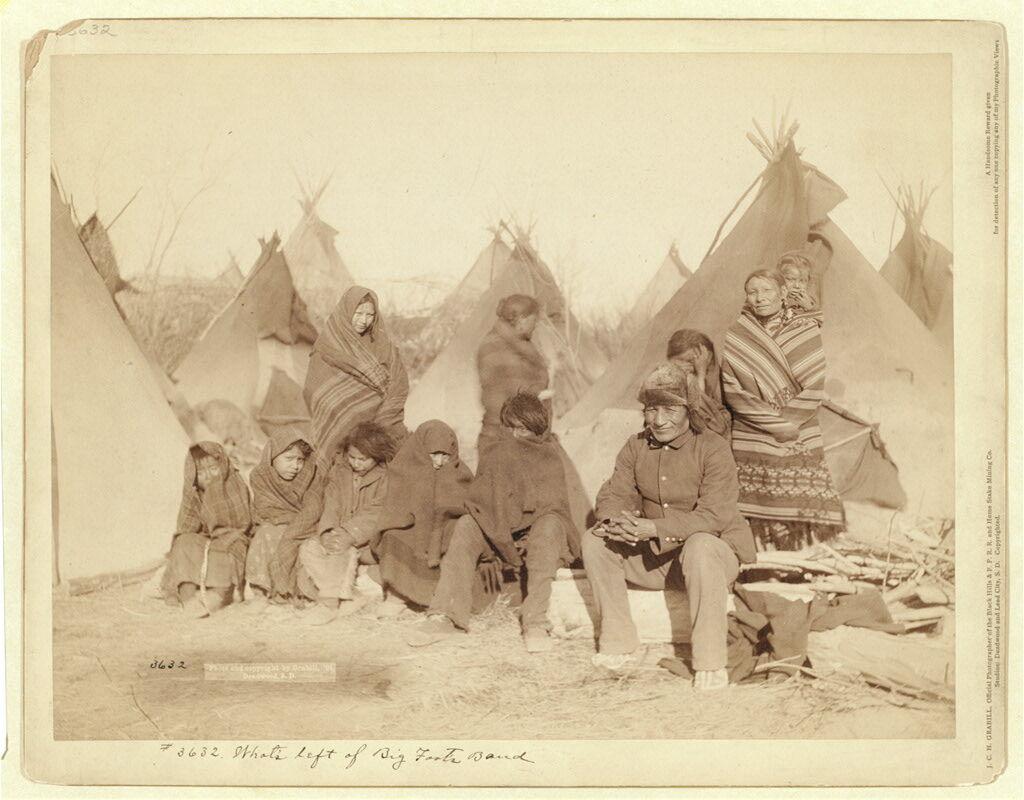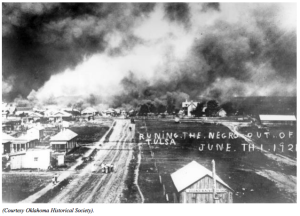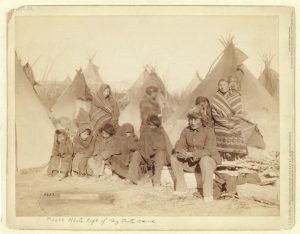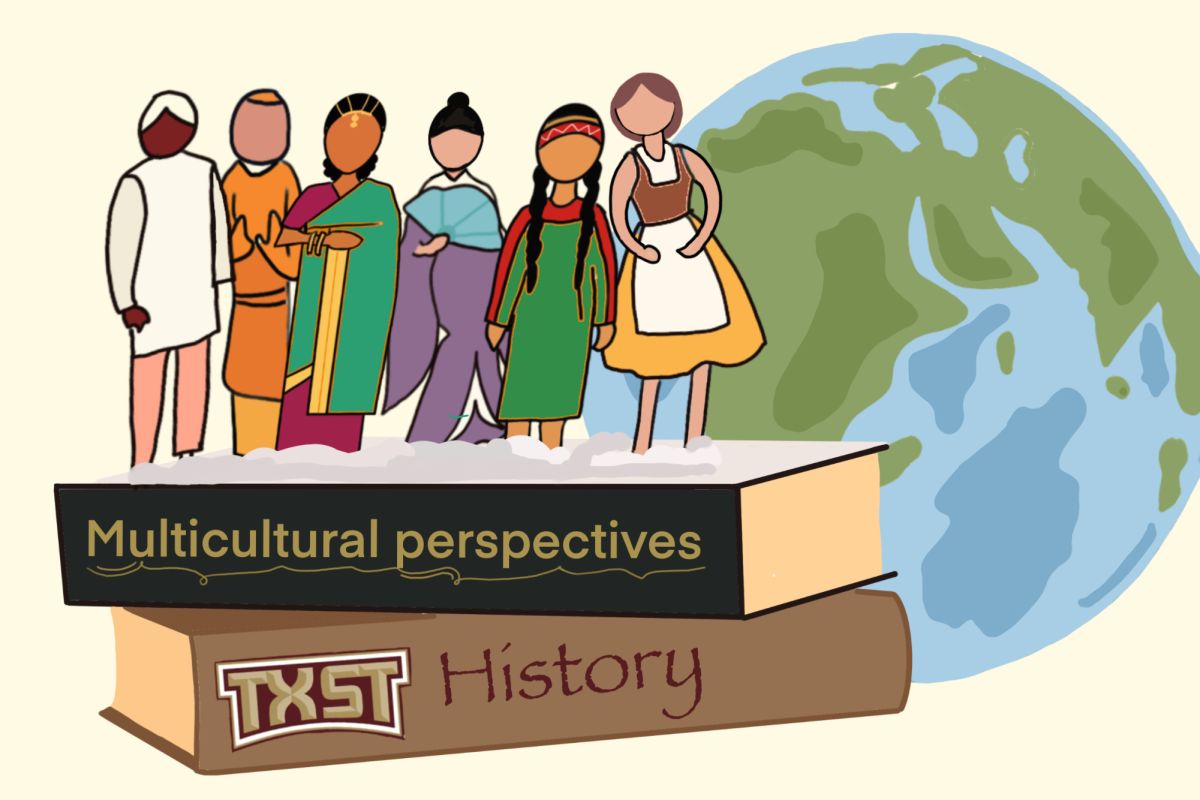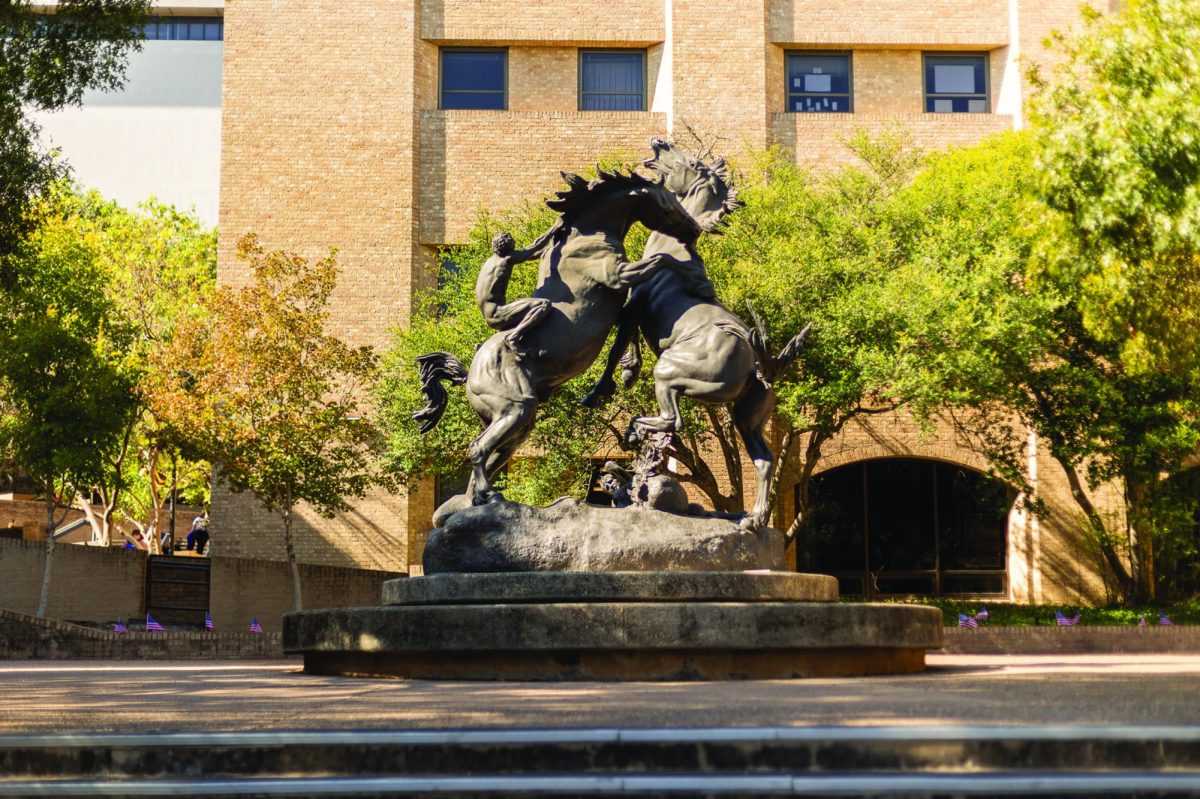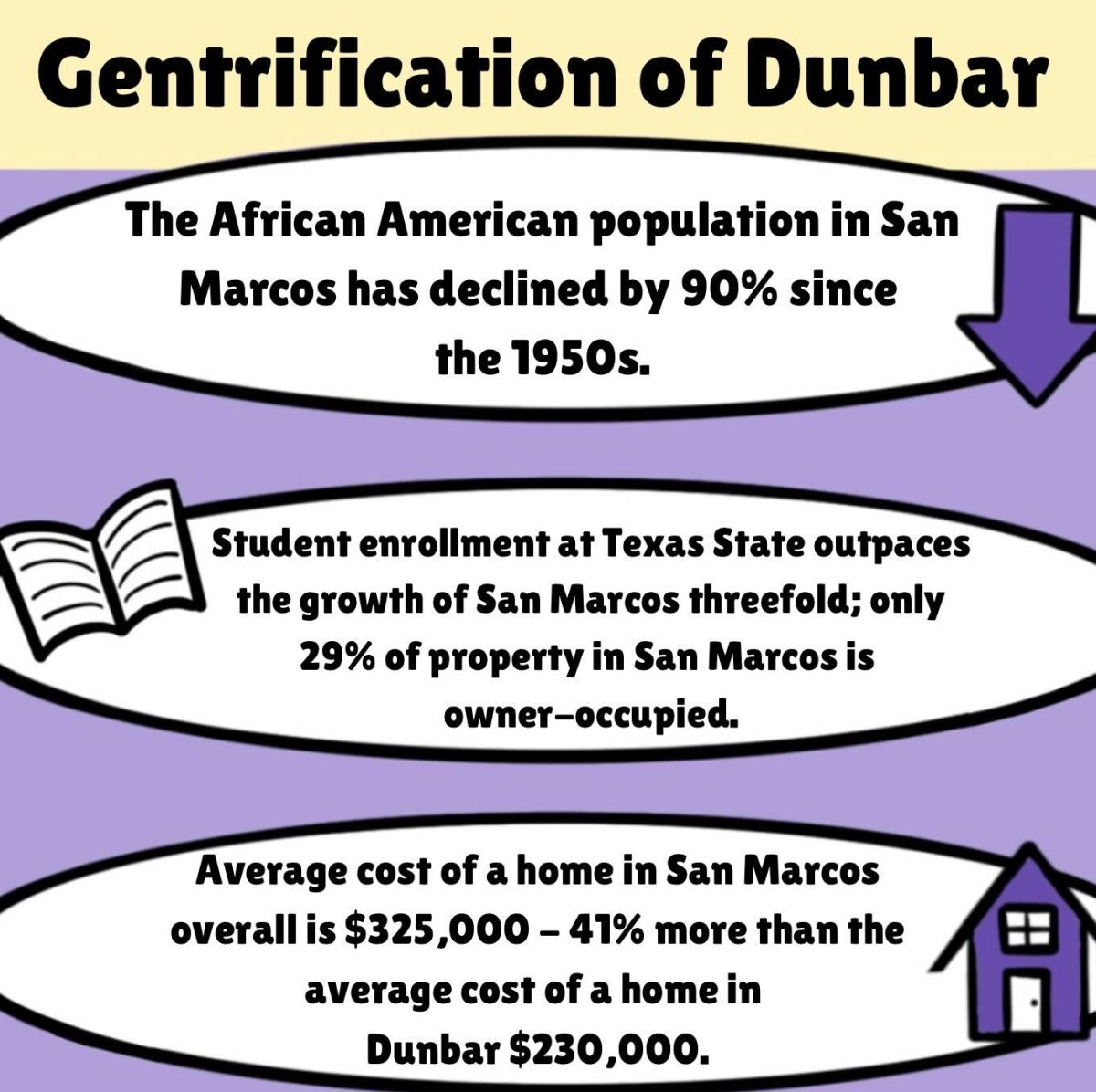Last week, The University Star erroneously classified the mass shooting in Las Vegas, which resulted in the death of 59 people, as the “Deadliest Massacre in U.S. History”. We printed this headline exactly a week before a “holiday” that celebrates the murderous patron saint of gentrification and globalization, Christopher Columbus. As embarrassing as this situation seems, Indigenous People’s Day, which provides us an opportunity to correct the glorification of a man who inspired and encouraged centuries of genocide, also provides us an opportunity to correct a headline that so fatally ignored history. The headline failed to highlight historic massacres committed against people of color within our stolen borders, and like Columbus Day, erased the suffering of marginalized communities. Rather than focusing on the struggles and triumphs of peoples whose ancestors were brutalized, our front page this week will highlight Austin City Limits, an overpriced music festival whose current iteration is a pillar of a white-dominated, largely-appropriative, classist hipster culture.
We feel that the best way to move forward is to dedicate an entire page of our opinions section to educating those, like ourselves, who saw nothing wrong with the incorrect headline. As journalists, it is important for us to engage in self-criticism and hold ourselves accountable to best serve every community we aim to inform. In the days following the release of the headline, members of our Texas State and San Marcos communities expressed their concerns and brought to our attention specific massacres on U.S. soil that were effectively over-looked by the headline in question. Though this is not a list of every massacre that has ever occurred on American soil, these are ones dedicated readers rightfully called on us to mention:
The Colfax, Louisiana Massacre of 1873
Cited by the Smithsonian as, “one of the worst incidents of racial violence after the Civil War,” the Colfax Massacre stands as a testament to the brutality of the Reconstruction era. At a time when the Grant Parish regional government was almost equally represented by black and white citizens, Southern Democrats threatened to seize all control from black representatives. In response, an all-black militia took control of the local Colfax courthouse. Former Confederate soldiers, the terroristic Ku Klux Klan and an insurgent army called the “White League” formed a mob of more than 150 white men and fired a cannon into the courthouse, commencing a battle between the two groups. When the black militia surrendered, the white mob continued attacking, killing three white men and as many as 150 black men.
Black Wall Street Massacre of 1921 (Tulsa, Oklahoma)
Though seldom mentioned when discussing Jim Crow-era America, Tulsa, Oklahoma was once home to one of America’s wealthiest black communities. Black Wall Street, the nickname granted to the neighborhood, housed black doctors, lawyers and small-business owners in a town that proved black citizens could thrive independently of white America. This all changed within a matter of two days in the Spring of 1921, when white mobs continuously bombed and burned the community, killing upwards of 300 people and injuring over 1,000.
The Ongoing Massacre of Indigenous Peoples (1492-Present)
The arrival of Christopher Columbus, a failed sailor who thought he had arrived in India, marked the beginning of globalization and the systematic erasure of an entire people in what we now call the Americas. Not only did the unsanitary practices of the European colonizers bring viciously vile diseases to the people they deemed “savages,” but entire civilizations were brutalized and executed all in the name of establishing a “New World.” According to endgenocide.org, more than 10 million Native Americans inhabited the land that is now the United States when European imperialists arrived in the late-15th century. By 1900, after centuries of torture at the hands of genocidal white people, only about 300,000 Native Americans remained.
Though we like to think we live in a post-colonial world, colonialist violence continues to plague indigenous communities. A recent example of this is the forced development of the Dakota Access Pipeline on sacred native burial grounds. The United States government has brutally repressed the tribes actively fighting against this injustice, those of which include the Meskwaki and several Sioux tribal nations.
Additionally, our own foreign trade policies continue to encroach on and pillage indigenous communities in Latin America. Since 1994, the Zapatistas, a Mexican left-wing revolutionary group made up mostly of rural indigenous people, have actively pushed back against neoliberal trade agreements like the North American Free Trade Agreement (NAFTA).
As we write this, people continue to celebrate over 500 years of oppression by honoring Christopher Columbus and his blood-stained legacy. Instead, we should be celebrating the triumphs of indigenous communities in the face of obstacles set in place by a white supremacist regime. To all of the marginalized peoples that continue to persevere, we leave you with the words of Che Guevara, who died fighting colonialism 50 years ago this Oct. 9: “¡Hasta la victoria siempre!”


